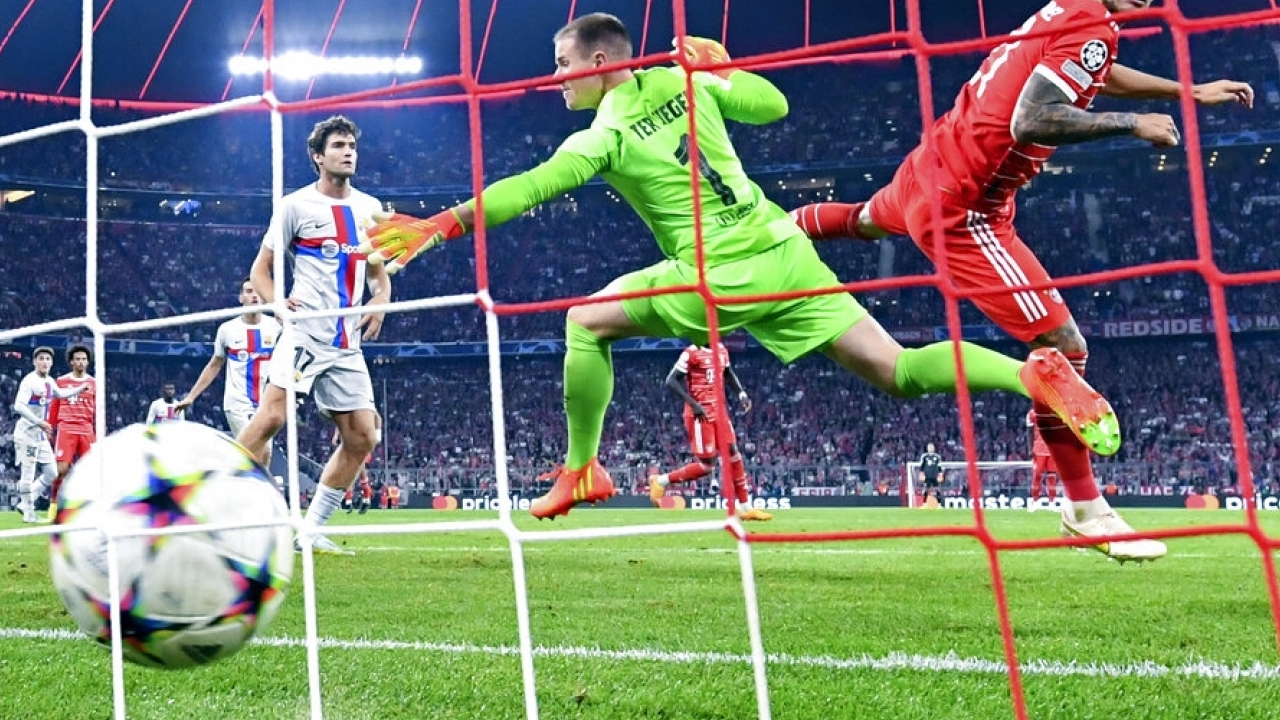Soccer Rules Explained – The Essentials You Should Know
If you’ve ever watched a match and wondered why the referee blew the whistle, you’re not alone. Soccer rules are simple once you break them down. Below you’ll find the basics you need to follow the game without getting lost.
Basic Rules Every Match Follows
The game is played by two teams of 11 players each. The objective is to put the ball into the opponent’s net more times than they do. A match lasts 90 minutes, split into two 45‑minute halves, with a short break in between. If the score is tied and a winner is needed, you might see extra time or a penalty shoot‑out.
Players can use any part of their body except their hands and arms. Goalkeepers are the only ones allowed to handle the ball, and even they can only do it inside their own penalty area.
When the ball goes out of play, the restart depends on where it crossed the line. A throw‑in happens when the ball crosses the side line; the opposing team gets the ball and must use both hands to throw it from behind the head.
A goal kick is awarded when the attacking team last touched the ball before it crossed the defending team’s goal line without a goal. The goalkeeper or a defender kicks the ball from anywhere inside the goal area.
A corner kick occurs when the defending team last touches the ball before it goes over their own goal line. The attacking team takes the kick from the corner arc nearest to where the ball exited.
Key Situations: Offside, Fouls, and Cards
The offside rule stops players from hanging near the opponent’s goal waiting for a pass. A player is offside if they are nearer to the opponent’s goal line than both the ball and the second‑last defender when the ball is played to them, unless they are in their own half. If the referee spots an offside, they award an indirect free kick to the defending team from where the offside occurred.
Fouls happen when a player trips, pushes, or handles the ball deliberately. The referee can give a direct free kick or a penalty kick if the foul happens inside the penalty area. An indirect free kick is used for less serious infractions like dangerous play or a goalkeeper holding the ball too long.
Yellow cards are cautions for things like repeated fouls, unsporting behavior, or delaying the game. Two yellows in one match automatically become a red card, which means the player must leave the field and cannot be replaced. A straight red card is given for serious offenses such as violent conduct or denying a clear goal‑scoring opportunity.
Substitutions let coaches swap up to three players during regular time. If the competition allows extra time, you may get a fourth change. The player leaving must exit the field before the replacement steps in, and the referee must see the exchange to confirm it.
Understanding these rules lets you enjoy the game without constantly checking the rule book. Next time you watch a match, notice how the referee applies them and you’ll see the sport in a whole new way.
Absolutely, defenders can score in soccer! It might not be their primary role, as they spend most of the game protecting their team's goal, but they can really come through in critical moments. They often score from set pieces like corners or free kicks where their height and heading ability can be a great advantage. Remember, in soccer, regardless of your position, if you can shoot, you can score. So, while defenders may not score as often as forwards, they still play a crucial part in the team's offensive efforts.
